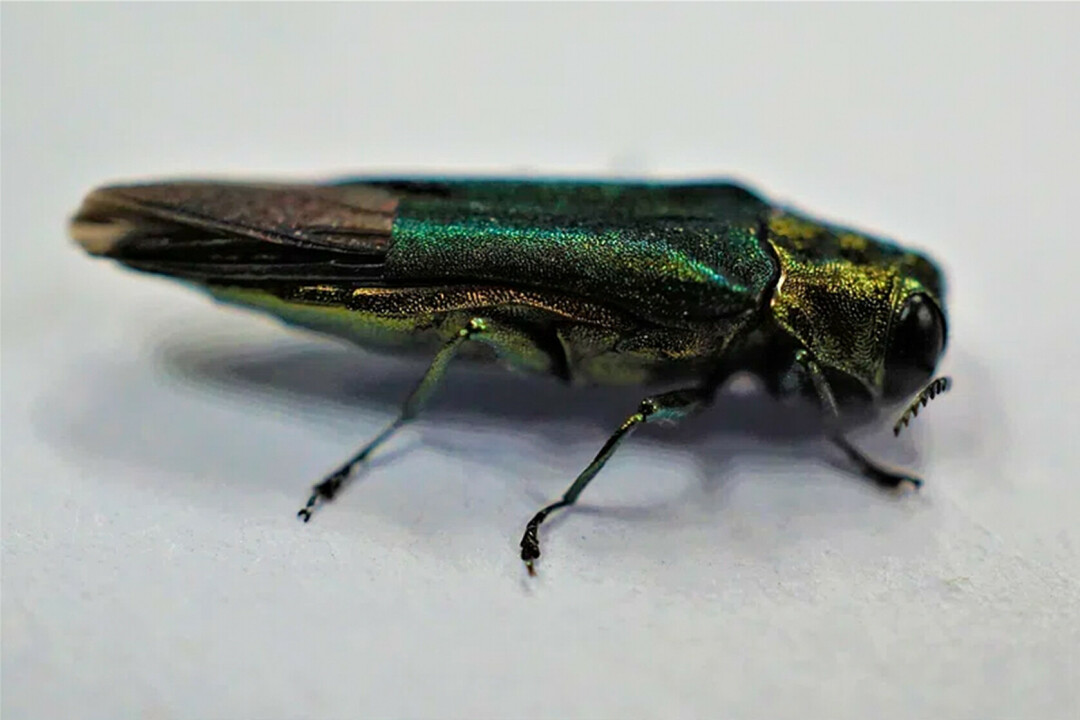OUT WITH THE ASH, IN WITH THE NEW: E.C. Gets Ahead of Emerald Ash Borer
City of Eau Claire has replaced ash trees with 75 other species since 2011

The Emerald Ash Borer was first discovered in the United States in the Detroit area in 2002, although it is estimated to have been introduced sometime during the 1990s, according to the National Park Service. Since then, the insect has spread across the United States and Canada, destroying ash trees by laying larvae that, when hatched, feed on the cambium layer beneath the bark. As they develop, the larvae consequently prevent water and nutrients from moving through the tree, killing it in the process.
In preparation for the ash borer’s spread across the ash-rich woods and cities of Wisconsin, the City of Eau Claire established an Emerald Ash Borer Readiness and Response Plan. This was developed in 2011 after the Emerald Ash Borer was first detected in Wisconsin, which was in 2008, according to the state Department of Agriculture, Trade and Consumer Protection. The insects were discovered in Eau Claire County in 2017.

The plan laid out several procedures in preparation for an EAB outbreak amid Eau Claire’s vast ash populations, which at the time made up around 32% of all publicly managed trees in the city, said City of Eau Claire Forestry Supervisor Matthew Staudenmaier. To protect Eau Claire’s massive tree population, as well as its status as a “Tree City,” these protocols were designed to include both short- and long-term solutions, such as the use of insecticides and planned removals aimed at replacing ash tree populations with different tree species over time.
According to Staudenmaier, the plan for developing diverse tree populations was inspired by another similar outbreak in the past. In the mid-1900s, the fungal Dutch elm disease spread across North America, destroying elms in droves. To lessen the impact of this outbreak, many U.S. cities began replacing elms with ash trees. Although this stalled the spread of Dutch elm disease, the plan only opened cities like Eau Claire up to future threats like the Emerald Ash Borer.
As of today, the City of Eau Claire continues to use the protocols put into place in 2011, with an emphasis on transitioning ash trees out and replacing them with trees from over 75 different species. Over the past 10 to 12 years, nearly 7,000 ash trees have been removed and replaced.
Learn more about the impact of the Emerald Ash Borer on Wisconsin at dnr.wisconsin.gov.


